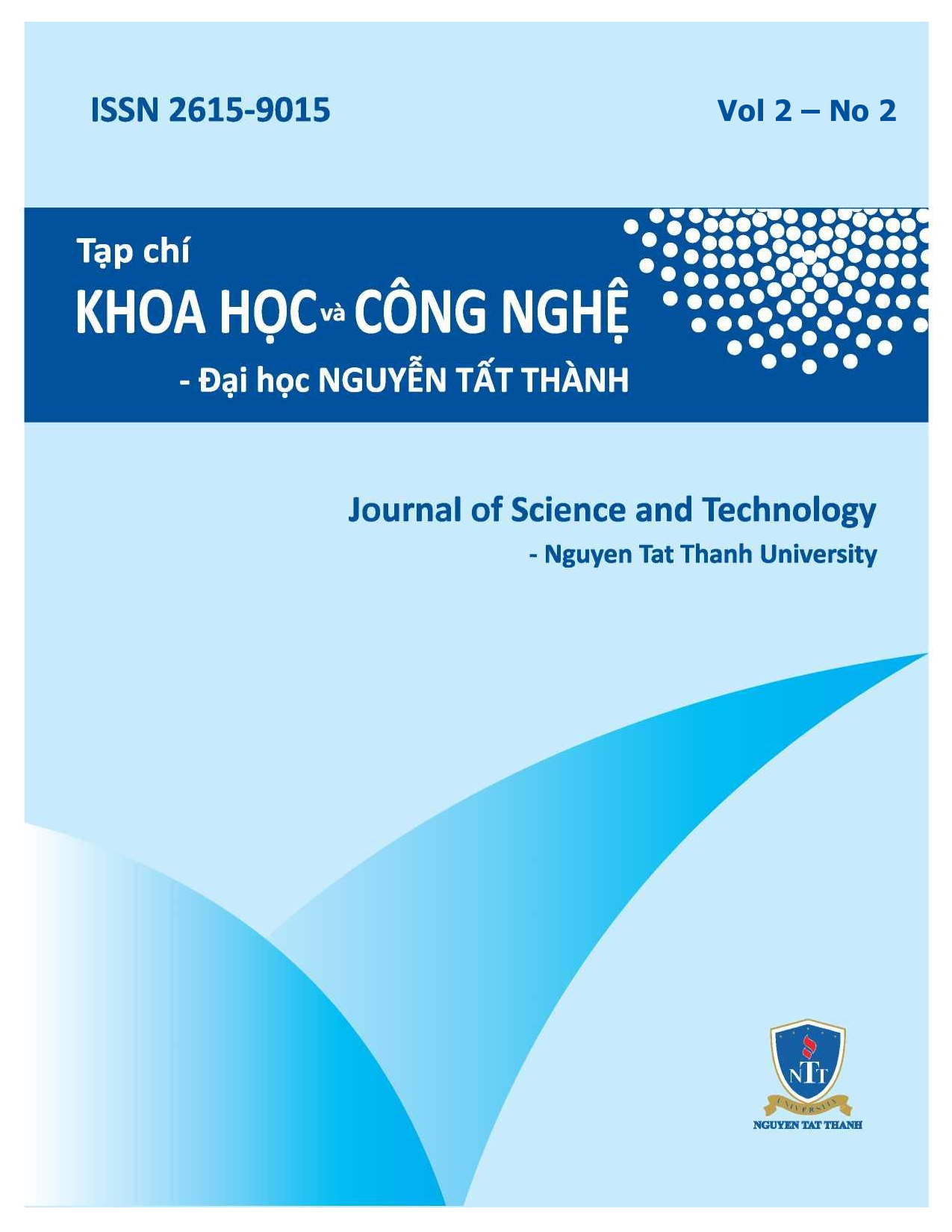Geographic origin classification and simultaneous determination of methylxanthines in vietnamese tea using chemometrics based on the near infrared reflectance spectroscopy
Main Article Content
Abstract
This paper reported the results of classification of geographic origin and simultaneous analysis of three methylxanthines (caffeine, theobromine, theophylline) in Vietnamese tea samples by the infrared reflectance spectrophotometry coupled with chemometrics. The spectral range was 10,000-4,000cm-1 and each spectrum was measured at 2 cm-1 intervals. For the purpose of geographic origin classification, this study used FT-NIR spectroscopy combined with Partial Least Squares Discriminant Analysis (PLS-DA), and Principal Component Analysis-Discriminant Analysis (PCA-DA). The ability to determine the origin of tea samples in the prediction set of PLS-DA model is 100%. Using the same IR spectral database combined with the partial least squares (PLS), three methylxanthines in tea samples are also quickly quantified. The PLS model based on the spectra of 24 tea samples in which the contents of 3 analytes were determined by high performance liquid chromatography- HPLC) were applied for simultaneous determination of caffeine, theobromine and theophylline in samples. The determination of methylxanthines in 7 tea samples in test set gave the good accuracy of the PLS model. The correlation coefficients (R2) in the prediction set were of 0.9582, 0.8894 and 0.9303 for theobromine, theophylline, and caffeine, respectively. This work demonstrated that infrared reflectance spectrophotometry combined with chemometrics could be applied to rapidly classify the geographic origin and simultaneous determination of main contents in green tea.
